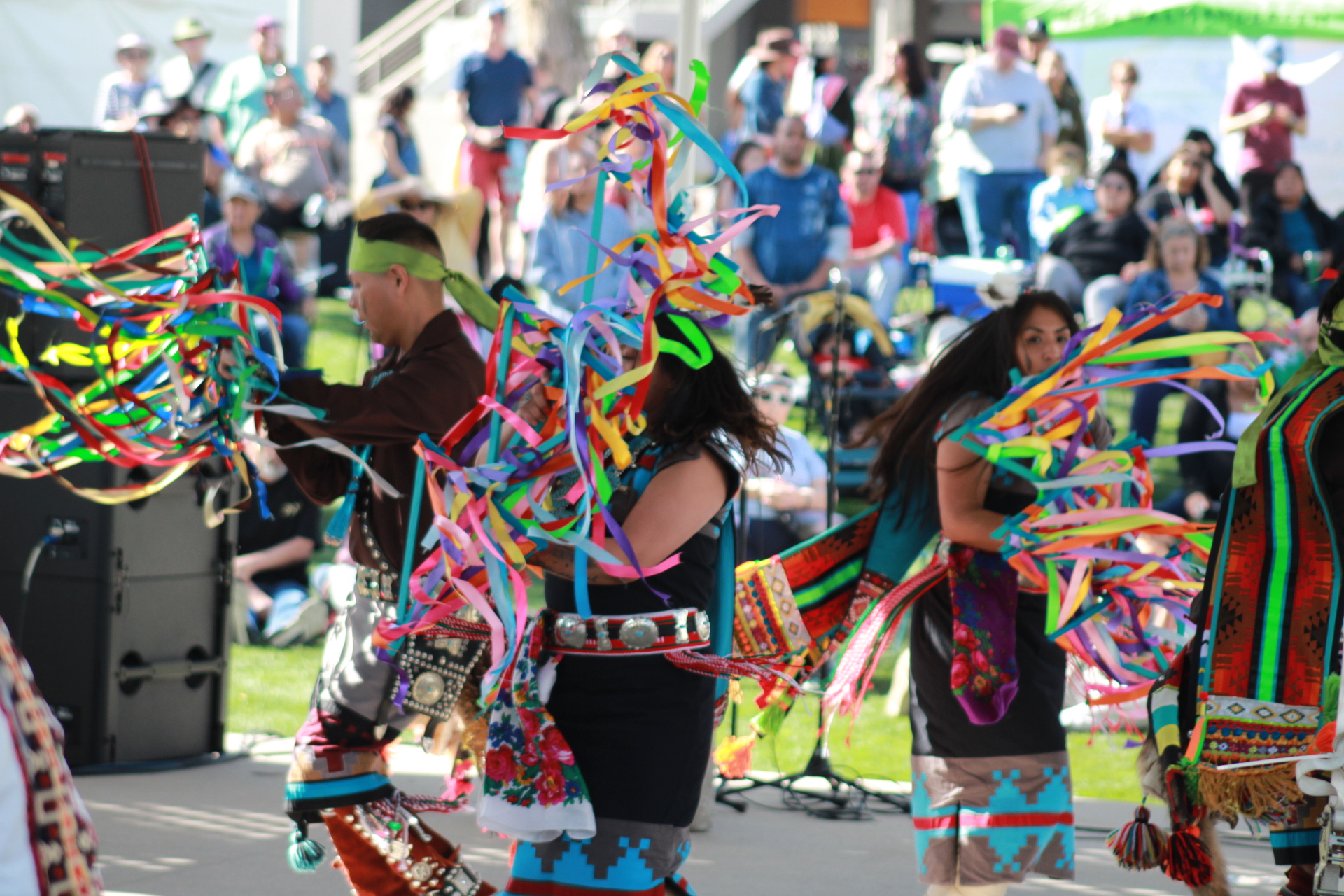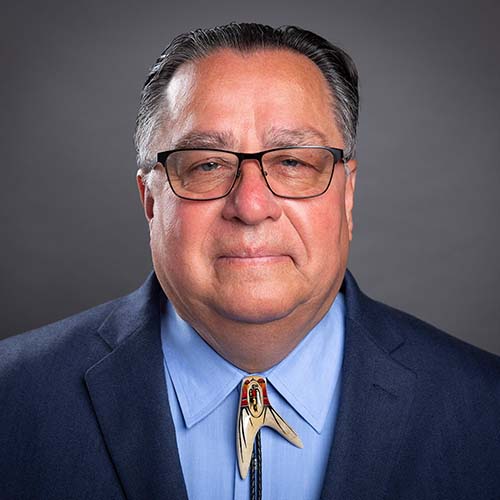
- Details
- By Darren Thompson
SCOTTSDALE, ARIZ. — This weekend, the Arizona Indian Festival showcased the culture and heritage of the state’s 22 federally recognized tribes to a crowd of more than 10,000.
While the festival has had various venues throughout the years, it has been a popular staple of Scottsdale Western Week since 2012 and is a popular event among the area’s indigenous communities. It is the largest Native gathering in Arizona.
“Over the years we have had several Indian festivals, today we’re here at Scottsdale Civic Center showcasing all 22 tribes to showcase our culture and promote tourism in each of our reservations,” Arizona American Indian Tourism Association President Rory Majenty told Native News Online. “There’s a lot of beautiful things at the festival, and we welcome all visitors to learn about the beautiful culture that we have as Native people.”
During the two-day cultural event, visitors were shown traditional songs and dances from the Burnette Apache Crown Dancers, Dineh’tah Navajo Dancers, Pascua Yaqui Dancers; Black Mountain Bird Singers, Apache Riders from White Mountain Apache, Big Sandy Bird Dancers; Zuni Traditional Dancers, Dinetah Pollen Dancers, Yavapai Apache Little Warriorettes. Crowds were also treated to language presentations from tribal royalty. The artist market featured 69 American Indian arts and crafts vendors.
Also unique to the festival is the presentation of “The Little Sister Rug”—a rare Chilchinbeto Rug created by 11 Navajo weavers from the Navajo Nation’s Chilchinbeto Chapter. The rug measures 20 feet in height and 25 feet in width.
The weekend celebration is always free and open to the public.
“We’re all in this together, and there’s many lessons we can learn from each other,” Scottsdale Mayor David Ortega told the crowd at the Arizona Indian Festival on Sunday, Feb. 5.
More Stories Like This
Vision Maker Media Honors MacDonald Siblings With 2025 Frank Blythe AwardFirst Tribally Owned Gallery in Tulsa Debuts ‘Mvskokvlke: Road of Strength’
Zuni Youth Enrichment Project and Partners at Ho’n A:wan Productions Launch 8th Annual Delapna:we Project
Chickasaw Holiday Art Market Returns to Sulphur on Dec. 6
Center for Native Futures Hosts Third Mound Summit on Contemporary Native Arts
Help us defend tribal sovereignty.
At Native News Online, our mission is rooted in telling the stories that strengthen sovereignty and uplift Indigenous voices — not just at year’s end, but every single day.
Because of your generosity last year, we were able to keep our reporters on the ground in tribal communities, at national gatherings and in the halls of Congress — covering the issues that matter most to Indian Country: sovereignty, culture, education, health and economic opportunity.
That support sustained us through a tough year in 2025. Now, as we look to the year ahead, we need your help right now to ensure warrior journalism remains strong — reporting that defends tribal sovereignty, amplifies Native truth, and holds power accountable.
 The stakes couldn't be higher. Your support keeps Native voices heard, Native stories told and Native sovereignty defended.
The stakes couldn't be higher. Your support keeps Native voices heard, Native stories told and Native sovereignty defended.
Stand with Warrior Journalism today.
Levi Rickert (Potawatomi), Editor & Publisher

